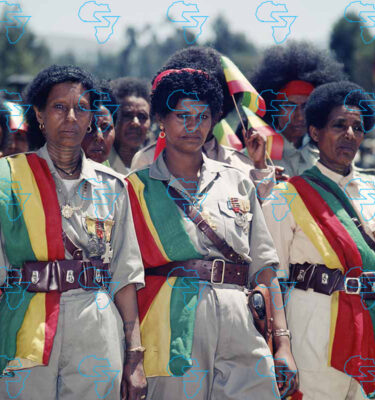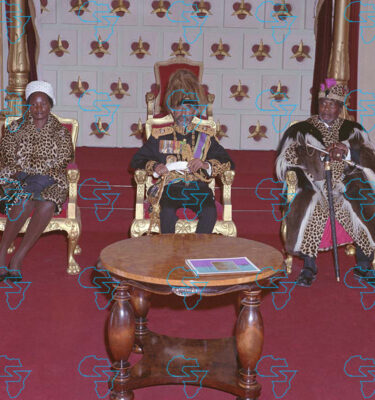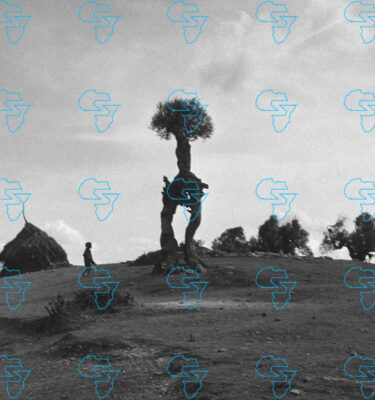
A deadly cholera outbreak in the Tigray region has killed several gold miners, according to a new report from the European Commission’s emergency service.
The outbreak, which remains uncontrolled, has infected over 300 people across six districts, resulting in a Case Fatality Rate (CFR) of 3.1 percent—a figure that exceeds emergency thresholds. The crisis, according to the report, highlights the particular vulnerability of mining communities to waterborne diseases, with a majority of the reported cases being men from these areas.
The outbreak in the region has also resulted in more than ten deaths and hospitalized three.
According to the local stakeholders, many of these infections originated in gold mining areas of Selewa, Samre, Seyemti Adyabo, Maekel Adyabo, Adi Daero, and Zana.
From The Reporter Magazine
The report also stated that ECHO partners have mobilised resources from crisis modifiers, while the DG ECHO co-funded Ethiopia Rapid Response Mechanism is responding to the outbreak, which remains uncontrolled.
The response involves case management, provision of supplies, water, sanitation and hygiene (WASH) activities, surveillance, risk communication, and community engagement.
Other regions, including Amhara and Benishangul-Gumuz, are also facing new cholera outbreaks while the Gambella region continues to grapple with an older outbreak made even more complicated by an influx of refugees from South Sudan, where conflict threatens to erupt again.
From The Reporter Magazine
However, aggregated and up-to-date data from these areas remain unavailable, according to the report.
Speaking to The Reporter, Mebrehatom Hafteamaha, coordinator of public health emergency management at the Tigray Health Bureau, said the outbreak in the region was first detected in the southeast, specifically in Selewa and Samre, where individuals engaged in traditional mining activities were affected.
According to him, the spread has since moved aggressively to the northwestern part of Tigray, while the number of cases in the southeast has begun to decline. He also confirmed that one case has been recorded in the central zone of the region.
“Including the six woredas in the mining areas, there are also three other woredas with laboratory-confirmed outbreaks,” Mebrehatom told The Reporterremarking that the origins of the spread were initially reported in the Wag Hemra Zone of the Amhara region before reaching Selewa and Samre due to population movement between the two areas.
“People in the area share many things in common. They go to markets together and seek medical treatment across both regions, even after the outbreak had already started in Wag Hemra Zone,” he said, noting that Samre Woreda recorded the highest number of cases because it serves as a hub for traditional mining.
He explained that the mining site in Samre became the primary source of transmission after the outbreak was first detected in Wag Hemra.
According to Mebrehatom, the Bureau is awaiting a response following formal communication with the Ethiopian Public Health Institute (EPHI).
.
.
.
#Cholera #Outbreak #Kills #Gold #Miners #Tigray #Spreads #Woredas
Source link











